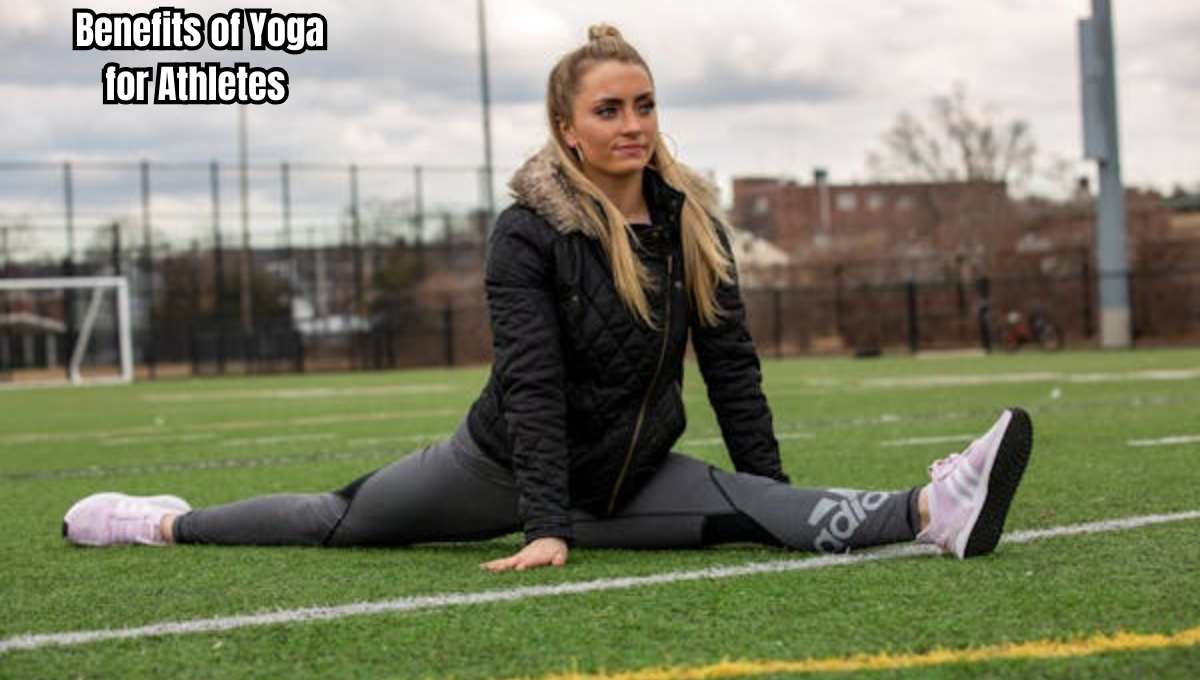Benefits of Yoga for Athletes USA 2025
Introduction
Yoga has long been hailed as a transformative practice that unifies the mind, body, and spirit. For athletes in the USA in 2025, incorporating yoga into their training regimen offers significant advantages. By enhancing physical performance, promoting mental clarity, and reducing the risk of injuries, yoga has become an indispensable part of modern athletic routines.
Why Yoga is Essential for Athletes
1. Improved Flexibility and Mobility
Flexibility is a cornerstone of athletic performance. Yoga stretches help athletes achieve a greater range of motion in their joints and muscles. Improved flexibility not only enhances athletic efficiency but also reduces the risk of strains and injuries. For example, poses such as Downward Dog and Pigeon Pose target tight hamstrings and hip flexors, which are critical for runners and cyclists.
2. Enhanced Strength
Yoga isn’t just about stretching—it builds strength too. Through bodyweight exercises like Plank Pose, Warrior Series, and Boat Pose, athletes can develop functional strength. This strength complements traditional gym workouts and enables athletes to perform better in their respective sports.
3. Faster Recovery Times
Post-workout recovery is crucial for sustained performance. Restorative yoga poses, such as Child’s Pose and Reclined Twist, facilitate muscle repair by increasing blood flow and reducing lactic acid buildup. This translates into shorter downtime and better preparation for subsequent training sessions.
4. Improved Balance and Coordination
Balancing poses like Tree Pose and Eagle Pose train proprioception—the body’s ability to sense its position in space. This is particularly beneficial for sports such as basketball, skiing, and tennis, where agility and coordination are critical.
Mental Benefits of Yoga for Athletes
1. Enhanced Focus and Concentration
Athletes often face intense pressure to perform. Yoga incorporates mindfulness and meditation practices that improve focus and mental clarity. Techniques such as Pranayama (breathing exercises) calm the mind, allowing athletes to remain composed during high-stakes situations.
2. Stress Reduction
Performance anxiety can negatively impact an athlete’s output. Yoga’s relaxation techniques, including deep breathing and progressive muscle relaxation, lower cortisol levels—the hormone associated with stress. A relaxed mind translates into better decision-making and reaction times on the field or court.
3. Boosted Mental Resilience
Mental toughness is essential for success in sports. By practicing yoga regularly, athletes develop a strong mind-body connection, which helps them stay grounded in adversity. Meditation and visualization techniques empower athletes to set and achieve ambitious goals.
Yoga for Injury Prevention
1. Improved Body Awareness
Yoga cultivates body awareness, helping athletes identify and address imbalances before they become injuries. For example, noticing tightness in a particular muscle group can prompt targeted stretching or strengthening interventions.
2. Stronger Core Stability
A robust core is crucial for preventing back injuries and improving overall posture. Yoga poses like Boat Pose and Plank strengthen the core muscles, reducing strain on other body parts during intense physical activity.
3. Joint Health and Longevity
Through low-impact movements, yoga increases joint lubrication and strengthens the supporting muscles, ligaments, and tendons. Dynamic yoga flows encourage joint health, ensuring athletes maintain mobility throughout their careers.
Best Yoga Poses for Athletes
1. Downward Dog
Benefits: Stretches the hamstrings, calves, and shoulders; strengthens the arms and legs.
2. Warrior II
Benefits: Builds endurance in the legs and improves focus.
3. Bridge Pose
Benefits: Opens the chest and strengthens the glutes and lower back.
4. Reclining Pigeon Pose
Benefits: Relieves tension in the hips and lower back.
5. Child’s Pose
Benefits: Promotes relaxation and stretches the lower back and hips.
How Athletes Can Incorporate Yoga into Their Training
1. Start Small
Begin with 15-20 minutes of yoga twice a week. Gradually increase the frequency and duration as the body becomes accustomed to the practice.
2. Focus on Sport-Specific Needs
Tailor yoga sessions to address the specific demands of your sport. Runners may focus on hamstring stretches, while swimmers can benefit from shoulder-opening poses.
3. Use Professional Guidance
Attending classes led by experienced instructors ensures proper alignment and minimizes the risk of injury.
Success Stories: Athletes Who Use Yoga
Many professional athletes have turned to yoga to elevate their performance. LeBron James credits yoga with enhancing his longevity in basketball, while Tom Brady incorporates it into his routine to maintain flexibility and strength. Their success highlights how yoga can complement intense athletic training.
Conclusion
In 2025, yoga remains a vital tool for athletes striving for peak performance in the USA. From improving flexibility and strength to fostering mental resilience and preventing injuries, yoga’s benefits are transformative. By integrating yoga into their training routines, athletes can unlock their full potential and maintain a competitive edge.
